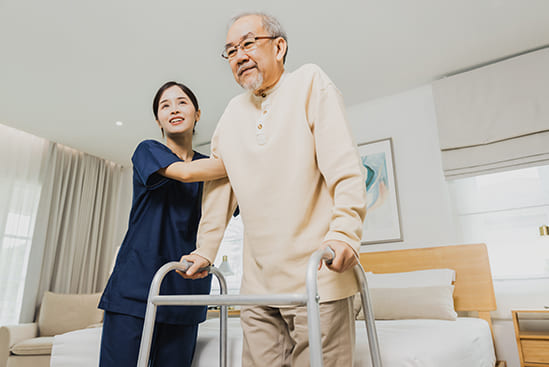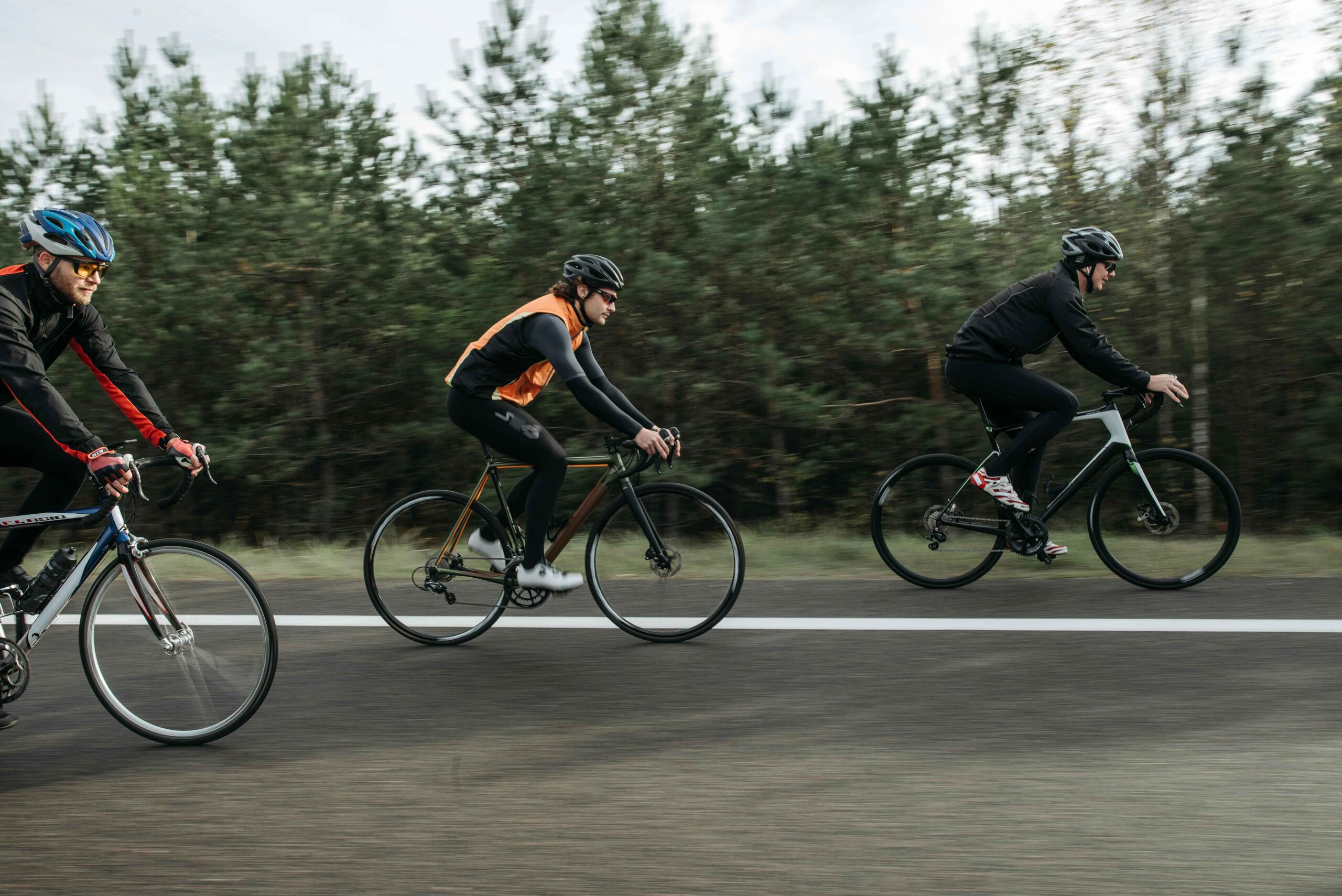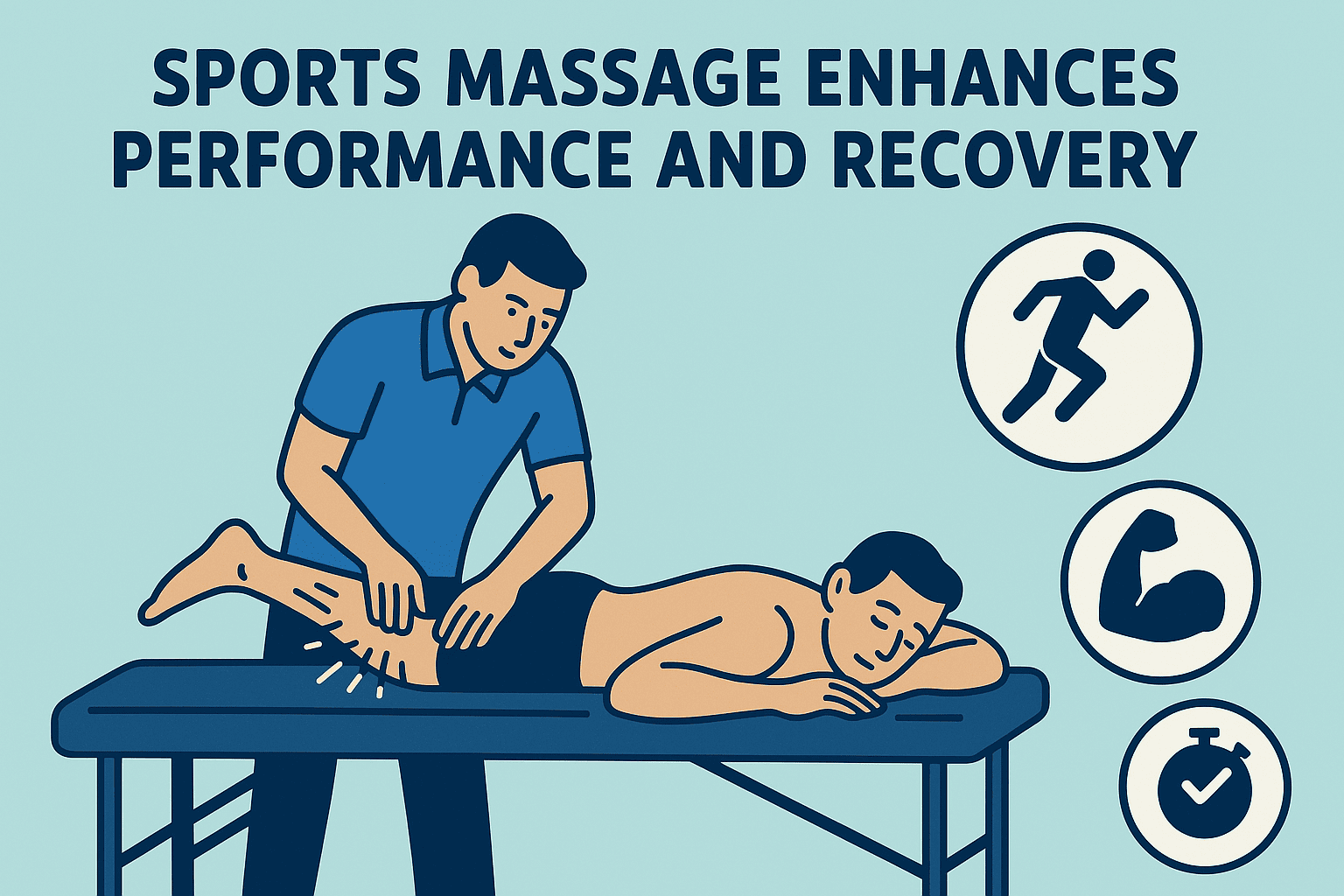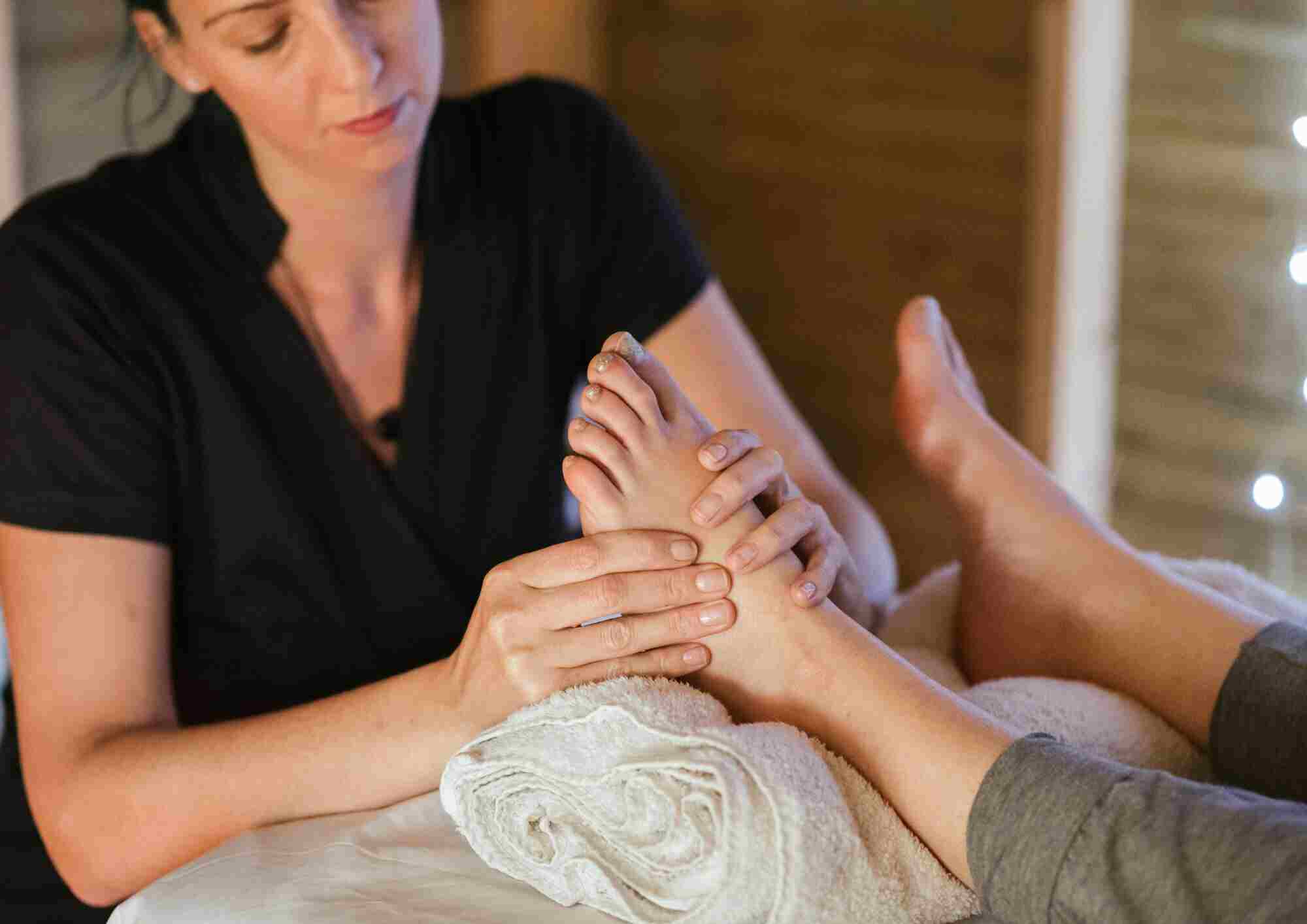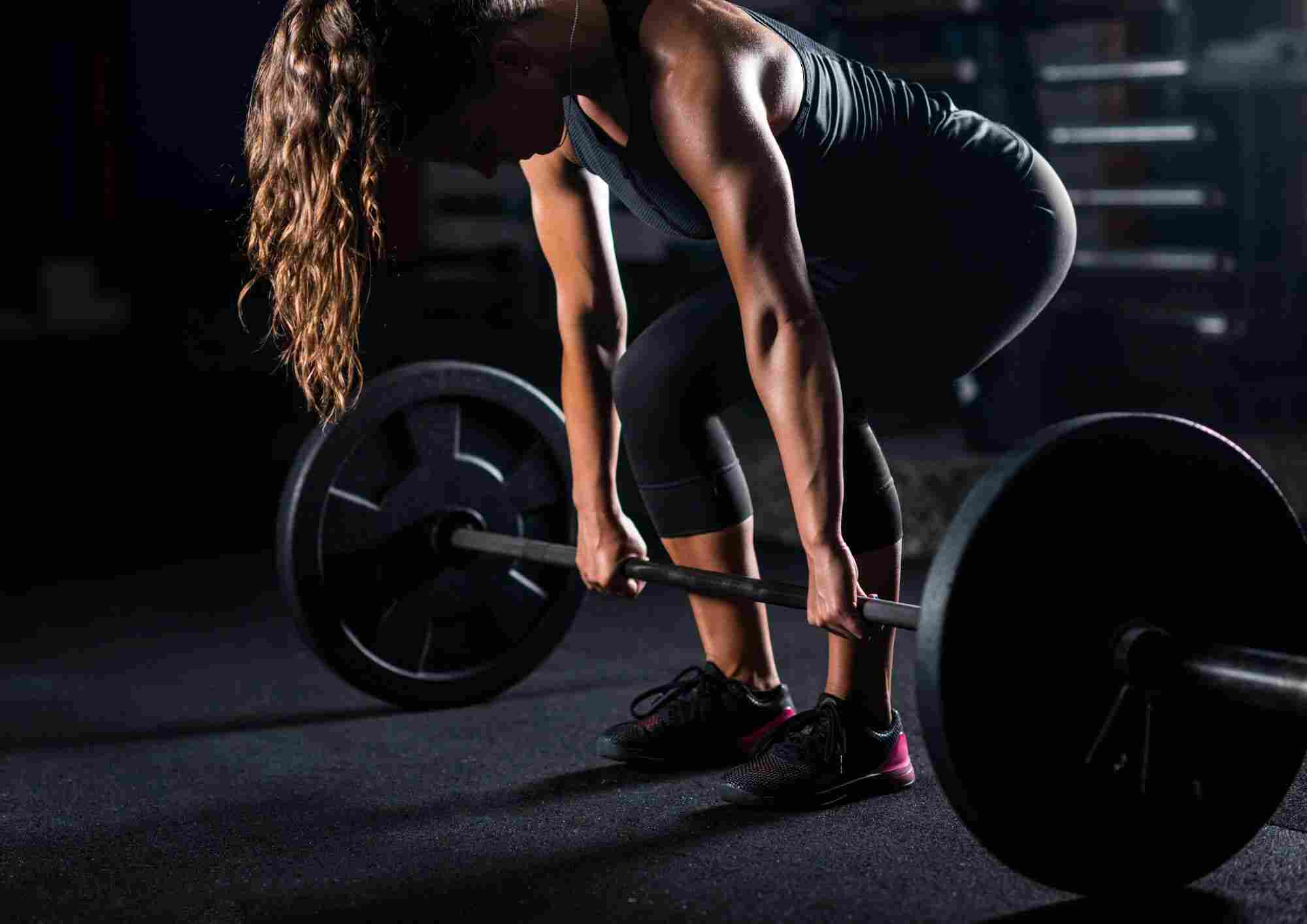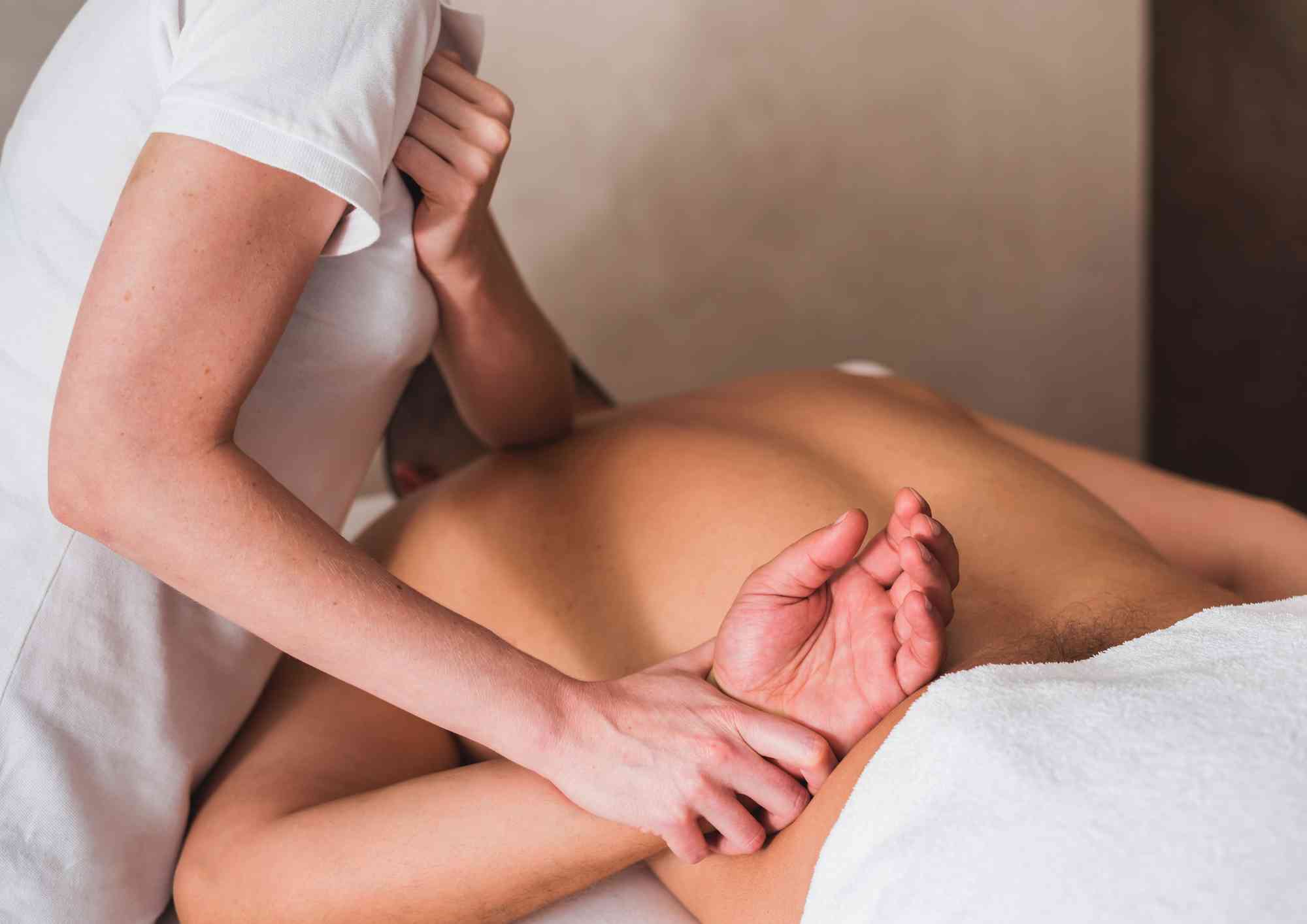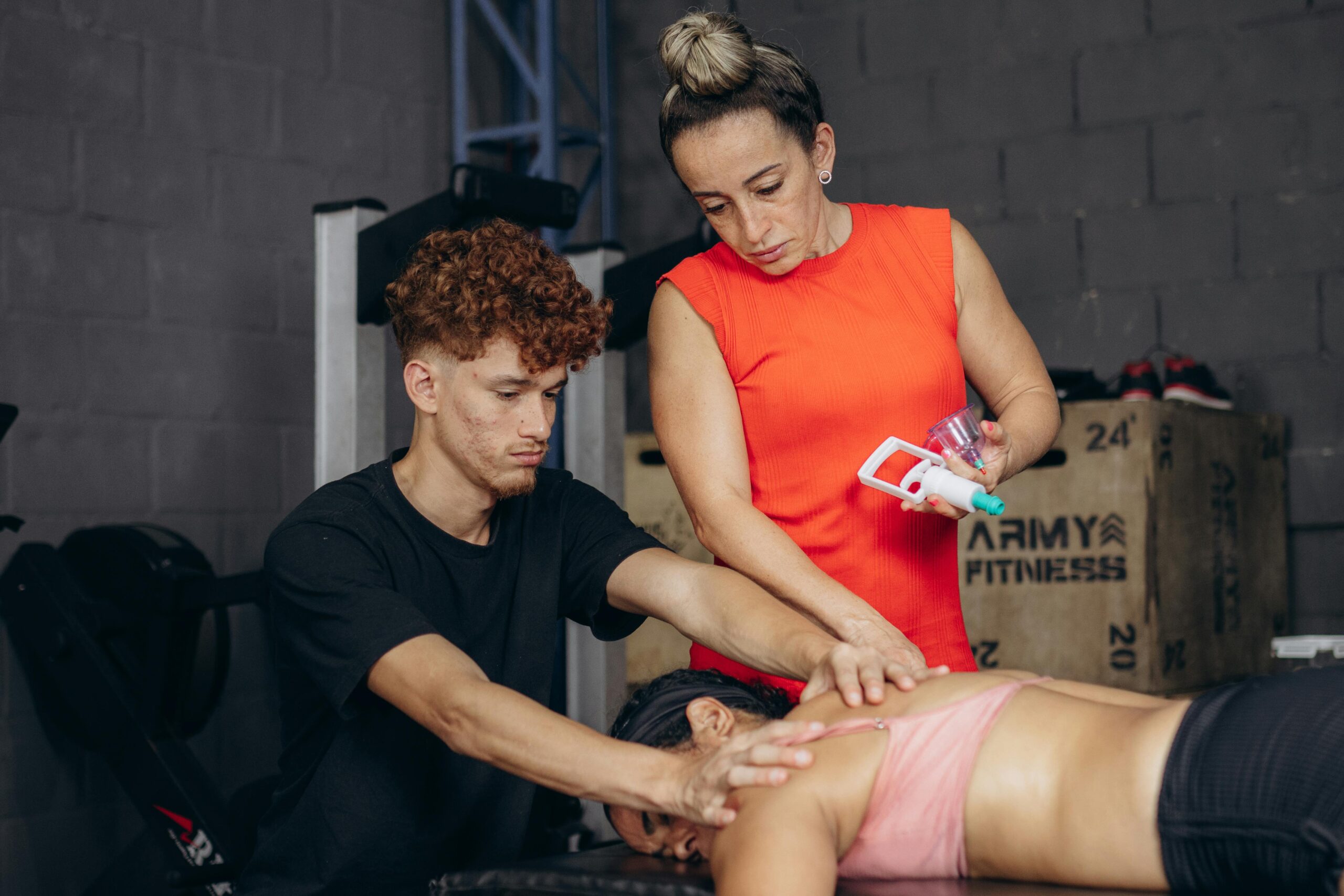

Introduction
Sports massage physiotherapy is more than just a treatment for athletes, it’s a powerful combination of manual therapy and rehabilitation designed to enhance performance, prevent injuries, and support long-term musculoskeletal health. At Synapse Physiotherapy, our comprehensive sports massage physiotherapy services cater to individuals of all fitness levels. Whether you’re a professional athlete, a weekend warrior, or simply someone aiming to move better and feel stronger, our approach is personalised to meet your unique needs.
In this article, we’ll explore what sports massage physiotherapy involves, who can benefit, how it complements your recovery and performance, and why our clinic stands out for this specialised service.
What Is Sports Massage Physiotherapy?
Sports massage physiotherapy combines the hands-on techniques of sports massage with the clinical expertise of physiotherapy. It specifically targets muscles, tendons, ligaments, and fascia to address tension, overuse, imbalances, or injuries caused by physical activity.
Unlike a regular massage, a sports massage is specifically designed to:
- Improve flexibility and range of motion
- Enhance blood flow to targeted tissues
- Reduce muscle soreness and inflammation
- Break down scar tissue and adhesions
- Assist with recovery from training or injury
- Prepare the body for physical activity
- Correct muscular imbalances that may lead to injuries
Moreover, our physiotherapists are trained to assess your body’s needs and apply evidence-based techniques that are both therapeutic and goal-oriented. Every session is thoughtfully tailored to your condition, activity level, and sport-specific demands.
Who Can Benefit from Sports Massage Physiotherapy?
1. Athletes of All Levels
Whether you’re preparing for a marathon, recovering from a football match, or training daily at the gym, sports massage can help maintain peak physical condition. Additionally, it can prevent common overuse injuries and optimise performance in the long run.
2. Active Individuals
Even if you simply enjoy running, cycling, swimming, or weekend hikes, you may experience occasional soreness or tightness. Fortunately, sports massage helps ease these symptoms and enhances your ability to perform physical activities safely and efficiently.
3. Post-Injury Recovery
Have you sustained a strain, sprain, or muscle tear? After the initial injury has been assessed and treated, sports massage can help reduce scar tissue formation and restore normal tissue mobility, speeding up your return to regular movement and fitness routines.
4. Desk Workers or Sedentary Lifestyles
You don’t need to be highly active to benefit from sports massage. Prolonged sitting can cause muscle tightness in the lower back, neck, shoulders, and hips. A targeted sports massage can relieve this tension and support improved posture and mobility.
Explore our Pain Management programme to see how massage and physiotherapy can work together for long-term relief.
Benefits of Sports Massage Physiotherapy
1. Injury Prevention
One of the key advantages of sports massage is its ability to detect and treat muscle tightness or imbalance before it becomes a more serious injury. With consistent sessions, you can maintain tissue health and reduce the risk of common injuries such as hamstring strains, calf tightness, or shoulder impingement.
2. Improved Circulation
By stimulating blood and lymphatic flow, sports massage delivers more oxygen and nutrients to soft tissues. As a result, healing is faster, and inflammation is reduced effectively.
3. Faster Recovery
After a workout or competitive event, your muscles require time to recover. Fortunately, sports massage minimises delayed onset muscle soreness (DOMS), allowing you to return to training more quickly without persistent discomfort.
4. Enhanced Performance
By improving flexibility, muscle function, and joint mobility, your body can perform more efficiently. Not only that, but sports massage can also support improved neuromuscular coordination and faster response times.
5. Better Body Awareness
Our physiotherapists will help you become more aware of your body’s mechanics by identifying problem areas. In turn, this allows you to make more informed training and movement choices, thereby enhancing long-term performance.
For an integrated approach, discover our Strength & Conditioning programme, which complements sports massage therapy for full-body improvement.
How to Prepare and What to Expect During a Sports Massage
Preparing for Your Sports Massage
To ensure a comfortable and effective session, it’s important to be properly prepared. We recommend:
- Stay Hydrated: Drink plenty of water before and after your session to support detoxification and keep muscles hydrated.
- Eat Light: Avoid heavy meals at least 1–2 hours before your appointment to stay comfortable during treatment.
- Maintain Personal Hygiene: A quick shower before your session helps you feel refreshed and more relaxed.
- Wear Comfortable Clothing: Loose-fitting attire makes it easier to change and move comfortably after the treatment.
What to Expect During the Session
A sports massage session at Synapse Physiotherapy begins with a short assessment. Your physiotherapist will evaluate posture, joint range, and muscle tension to determine the best course of action.
You may experience hands-on techniques such as:
- Deep tissue massage for chronic tension
- Assisted stretching to improve joint mobility
- Trigger point therapy to target tight knots
Some discomfort or soreness may occur during or after treatment, particularly in tense areas. However, this typically subsides within 24 to 48 hours and is a normal response to muscle release.
After the session, many clients report enhanced mobility, reduced stiffness, and a sense of lightness. Your therapist may also recommend stretches or exercises to maintain these benefits at home.
Frequently Asked Questions (FAQs)
1. How often should I get a sports massage?
It depends on your activity level and goals. Athletes in training may benefit from weekly sessions, while others may find monthly appointments sufficient for maintenance.
2. Is sports massage painful?
While some pressure may be intense in tight or injured areas, discomfort is usually brief and manageable. Therapists always adjust pressure based on your feedback.
3. Can I do a workout after a sports massage?
It’s generally recommended to rest for several hours after a sports massage to allow your body to fully absorb the effects. Light movement, however, can be beneficial.
4. Is sports massage suitable for older adults?
Yes. It can help maintain muscle function, improve circulation, and relieve stiffness, especially when integrated into our Geriatric Rehabilitation Programme.
5. What’s the difference between sports massage and regular massage?
Sports massage is more targeted and therapeutic, focusing on performance, recovery, and injury prevention. It is often combined with clinical physiotherapy for long-term benefit.
Why Choose Synapse Physiotherapy?
At Synapse Physiotherapy, we do not believe in one-size-fits-all treatments. Every individual is unique, and our sports massage physiotherapy services reflect that philosophy.
Here’s what sets us apart:
- Experienced and Certified Therapists: Our team comprises licensed physiotherapists with advanced expertise in sports massage, rehabilitation, and movement science.
- Comprehensive Assessment: We begin with a detailed evaluation of posture, movement, and symptoms to fully understand your needs.
- Integrated Treatment Plans: Our sports massage therapy is part of a broader wellness plan that may also include Spine & Core Rehabilitation, strength training, balance exercises, and more.
- Support for Every Stage: From pre-season training to post-injury recovery, we customise your care at every phase.
- Friendly, Supportive Environment: We’re committed to helping you feel comfortable, confident, and strong, regardless of your fitness background.
Conclusion
At Synapse Physiotherapy, we offer comprehensive sports massage physiotherapy services tailored to your unique needs and fitness goals. Whether your objective is to enhance performance, recover from injury, or simply ease muscular tension, our experienced therapists are here to support you every step of the way.
Learn more about our Sports Physiotherapy approach and take your recovery to the next level today.
Tags :

Back & Neck Pain
- Spine & Core Rehabilitation
- Strength & Conditioning Programme
- Pain Management
- Biomechanical Assessment
- Sports Physiotherapy
- Group Class
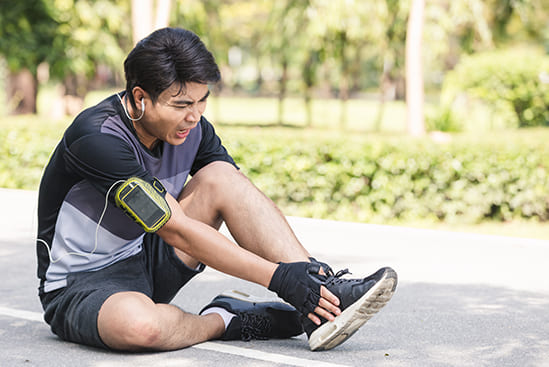
Sports Injuries
- Strength & Conditioning Programme
- Pain Management
- Biomechanical Assessment
- Sports Physiotherapy
- Shockwave Therapy
- Group Class

Work Desk Injuries
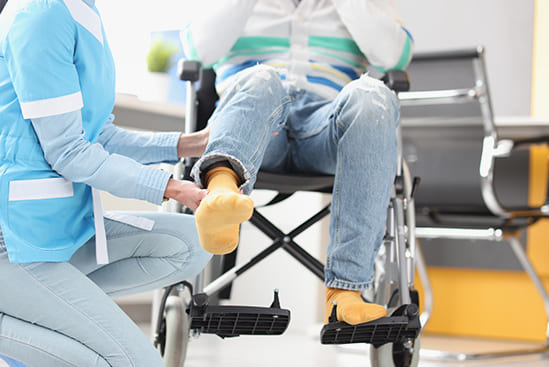
Pre-Post-Surgical Conditions

Scoliosis & Postural Abnormalities
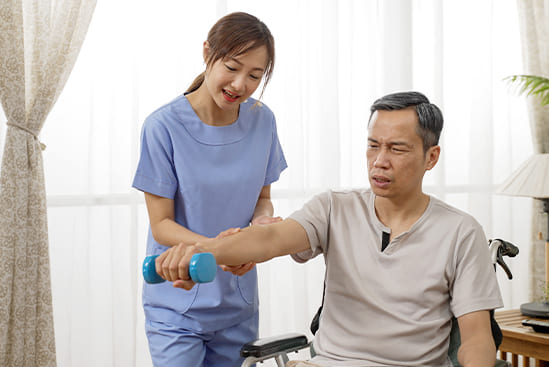
Neurological Conditions
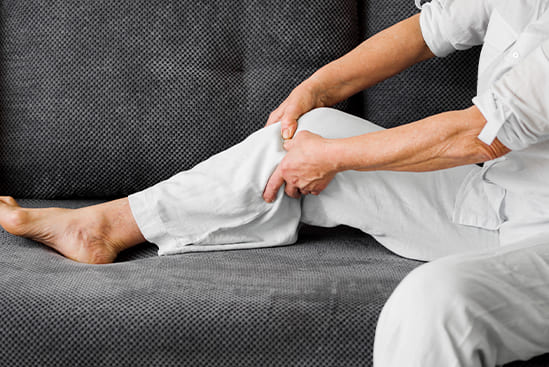
Osteoarthritis & Rheumatism
Joint degeneration and inflammation happens as the human body grows older, but that does not mean our way of life degenerates as well. Relief your joint pains with a joint effort together with your physiotherapist, who will provide pain-relief treatments and prescribe exercises for your wellbeing.
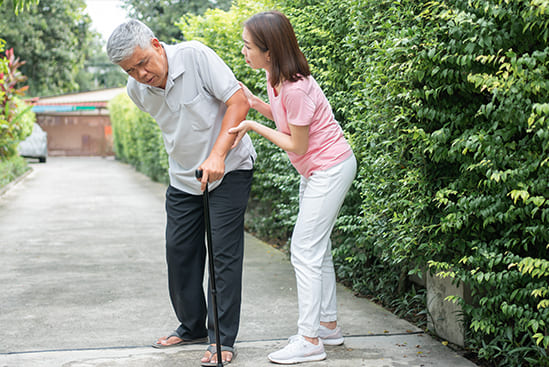
Conditions Relating To Elderly
Common conditions in the older age population include hips & knee pain, back & neck pain, osteoarthritis, rheumatism, fear of falling and many more. Aging and degeneration of bodily function is inevitable, but here at Synapse, we will help you live the best of your life.
